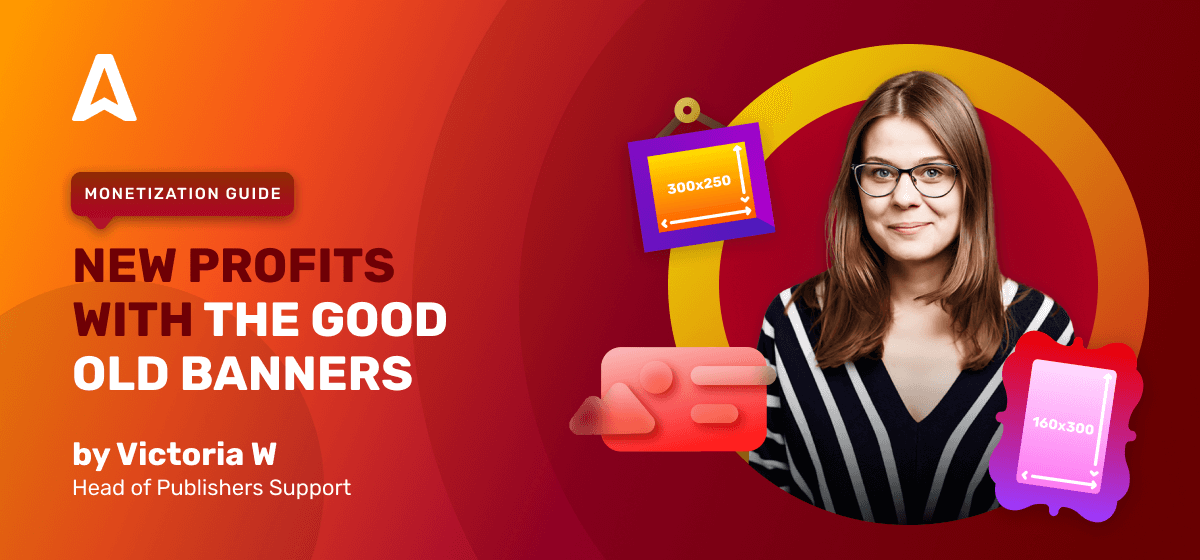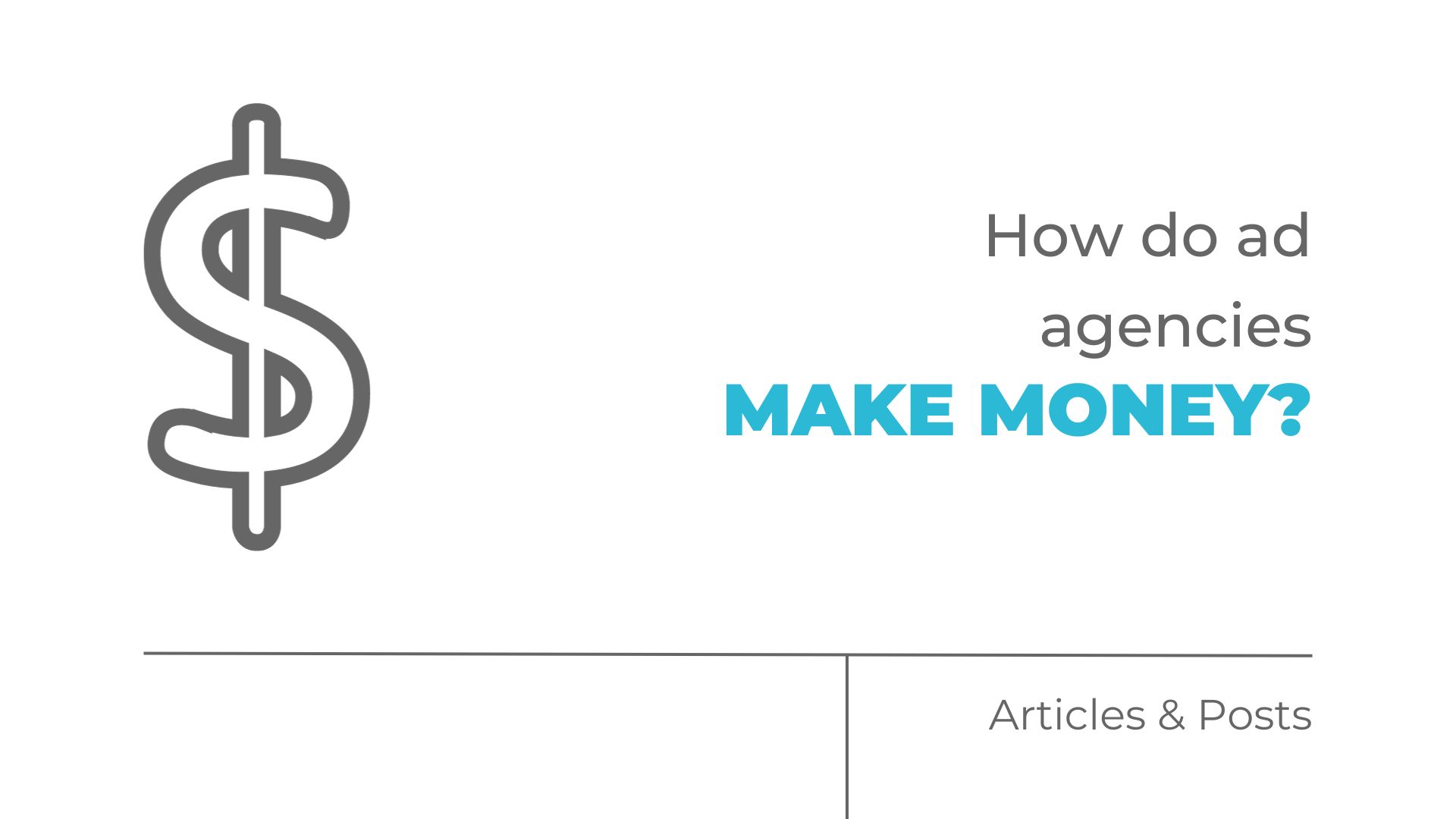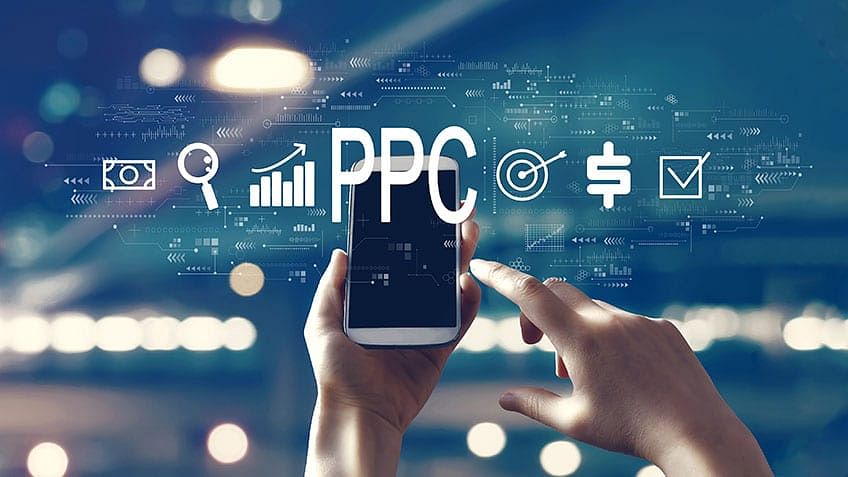Banner ads make money through impressions (CPM) and clicks (CPC). Advertisers pay for visibility or user interaction.
Banner ads are a powerful tool in digital marketing. They appear on websites, grabbing users’ attention with visual elements. Companies invest in banner ads to drive traffic and generate sales. The ads work on two primary models: Cost Per Mille (CPM) and Cost Per Click (CPC).
CPM charges advertisers per thousand impressions, while CPC charges for each click on the ad. Effective banner ads target the right audience and entice them to engage. This engagement can lead to increased revenue for advertisers and publishers. Strategic placement and design are key to maximizing the effectiveness of banner ads.

Credit: adsterra.com
The Essence Of Banner Advertising
Banner ads are images on websites. They help companies reach people online. These ads appear on the top or side of a webpage. They can catch the eye with bright colors and bold text. Companies pay websites to show their ads. This way, websites make money.
Visual appeal is key for banner ads. They must look good to grab attention. Bright colors and clear images work best. User engagement is also important. Ads should be easy to click. This leads to more visitors and more money.
Types Of Banner Ads
Static banners are simple images. They do not move. They are easy to create. Animated banners have moving parts. They catch more attention. They can be more engaging. Both types serve different purposes. Choose the one that fits your goal.
Banner ads come in many sizes. Some common sizes are 300×250, 728×90, and 160×600. These sizes are industry standards. Ads also come in different formats. Common formats include JPEG, PNG, and GIF. Choose the right size and format for your needs.
Monetization Models For Banner Ads
CPC stands for Cost Per Click. Advertisers pay every time someone clicks on their banner ad. This model is common in online advertising. It helps in driving traffic to the advertiser’s website. CPC is effective for getting immediate results.
CPM stands for Cost Per Mille. Advertisers pay for every 1,000 impressions of their banner ad. It helps in reaching a large audience. CPM is useful for brand awareness campaigns. It is a good option for advertisers with a large budget.
CPA stands for Cost Per Action. Advertisers pay only when a specific action is completed. This action could be a sale, signup, or download. CPA is very performance-oriented. It ensures advertisers only pay for actual results.

Credit: mocktheagency.com
Strategies To Increase Banner Ad Revenue
Place banner ads where users can see them easily. Put them at the top of the page. Try placing them near the main content. Use sidebars for extra visibility.
Use data to target the right audience. Show ads to users who visited your site before. This helps to remind them about your offer. Using targeting and retargeting increases ad clicks.
Make sure the ad content is clear and attractive. Use bright colors and bold text to grab attention. Test different designs to see what works best. Keep the message simple and direct.
Measuring Banner Ad Success
KPIs help track the success of banner ads. Click-through rate (CTR) measures how many people click the ad. Conversion rate shows how many clicks lead to a sale or signup. Impressions count how many times the ad is shown. Cost per click (CPC) tells how much each click costs. Return on investment (ROI) compares profit to ad spend.
Analyzing traffic helps understand user behavior. Look at the bounce rate to see if users leave quickly. Time on site shows how long they stay. Page views per visit tell how many pages they visit. Use heatmaps to see where users click the most. A/B testing compares different ad versions to find the best one.

Credit: www.simplilearn.com
Overcoming Banner Blindness
Use bright colors to make ads stand out. Bold fonts catch the eye more easily. Keep the message short and clear. Add a call-to-action button. Make it easy for users to click. Use high-quality images. They attract more attention. Place ads in high-traffic areas of the site. Avoid areas where users often ignore. Test different ad designs. See which one works best.
Too many ads can annoy users. Balance is key. Ads should not slow down the site. Fast-loading ads keep users happy. Make sure ads are relevant to the content. This keeps users interested. Offer some ad-free content. This builds trust with users. Respect user preferences. Some may not want to see ads.
Frequently Asked Questions
How Are Banner Ads Paid?
Banner ads are paid through various methods such as CPC (Cost Per Click), CPM (Cost Per Thousand Impressions), or CPA (Cost Per Acquisition). Advertisers choose the payment model based on their goals and budget.
Are Banner Ads Worth It?
Yes, banner ads can be worth it. They increase brand visibility, drive traffic, and target specific audiences effectively. Optimize design and placement for better results.
How Much Does It Cost To Advertise On A Banner?
The cost to advertise on a banner varies widely. Prices typically range from $20 to $1,000+ per month. Factors like location, size, and visibility impact the cost.
What Is The Advantage Of Banner Ads?
Banner ads boost brand visibility and drive targeted traffic. They are cost-effective and easy to track. These ads enhance engagement and increase conversion rates. Their visual appeal captures attention quickly.
How Do Banner Ads Generate Revenue?
Banner ads generate revenue through clicks, impressions, and conversions. Advertisers pay publishers based on these metrics.
Conclusion
Banner ads offer a reliable revenue stream through clicks and impressions. They attract targeted audiences, boosting engagement and sales. By optimizing ad placements and designs, businesses can maximize their earnings. Effective banner ads contribute significantly to a company’s online marketing strategy, ensuring sustained financial growth and visibility.
